How To Open Kettle Can Pickles And Pickled Vegetables
Views: 404
In the canning community, discussion about the open kettle canning, also called inversion canning, sparks heated debates. To clarify misconceptions related to this old-fashioned canning method, we’ve addressed open kettle myths and safety concern in our previous post. Additionally, we put together a guide that focuses on canning juices using the open kettle method. In this final installment of our open kettle canning series, we focus on how to open kettle can pickles and other pickled vegetables. We additionally offer practical steps to enhance safety for traditionalists or newcomers interested in trying out this old fashioned way of canning.
Disclaimer and Caution
Without reservation, we state that the open kettle canning method is not an approved USDA canning method to preserve food. The information shared here is for general awareness and personal use only. Equally important, we acknowledge that the provided information may contain inaccuracies or errors, and we explicitly disclaim liability for any such inaccuracies or errors to the maximum extent permitted by law.
Our Approach to Open Kettle Canning for pickles and pickled vegetables
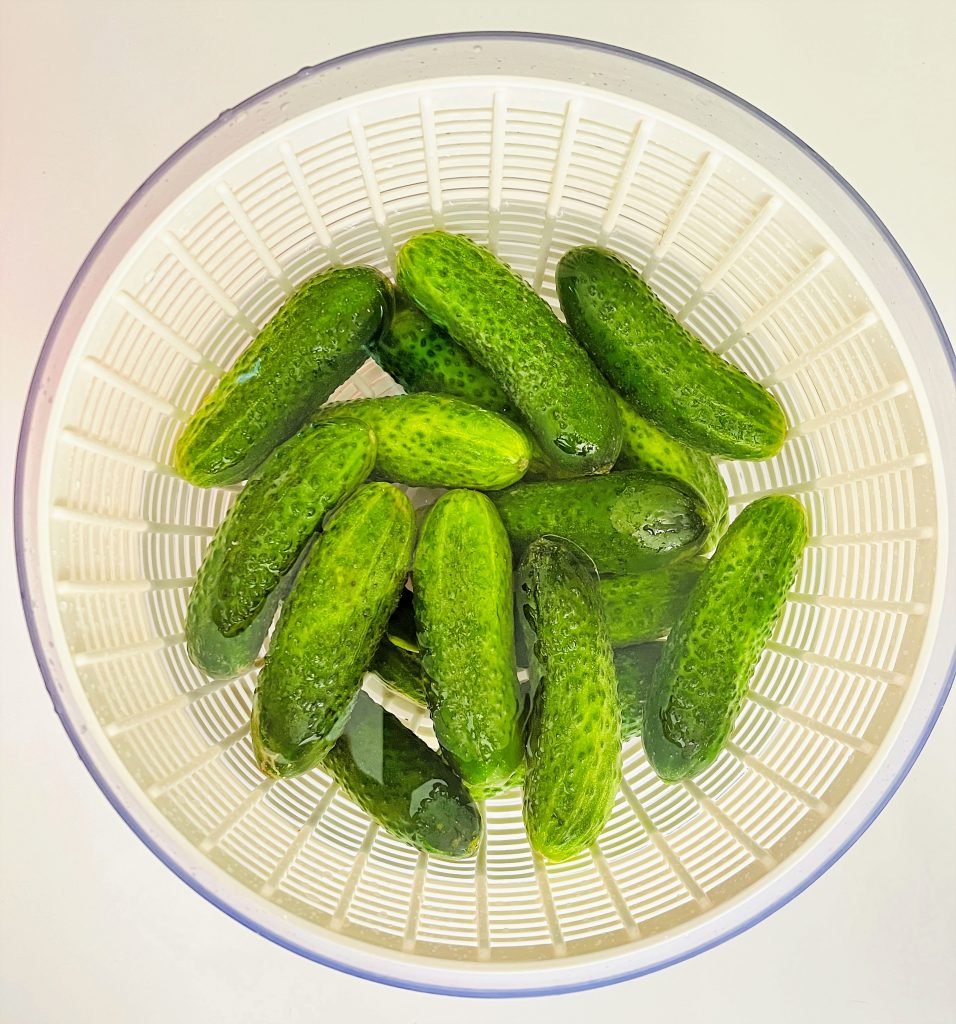
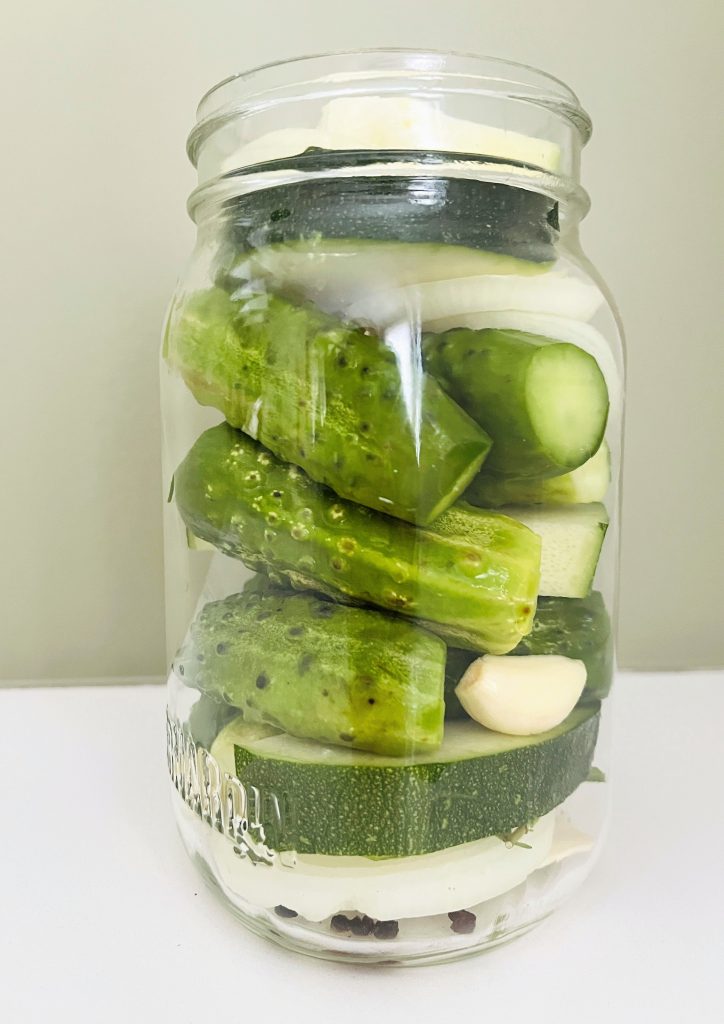
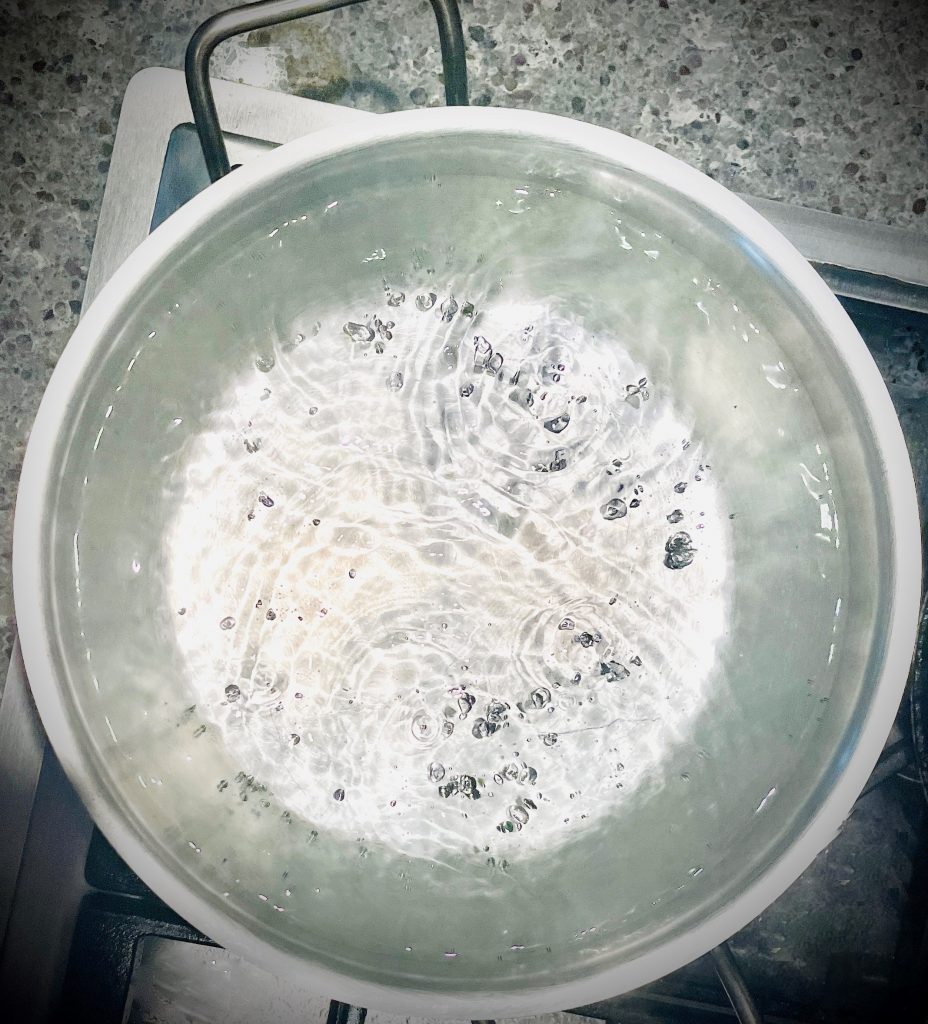
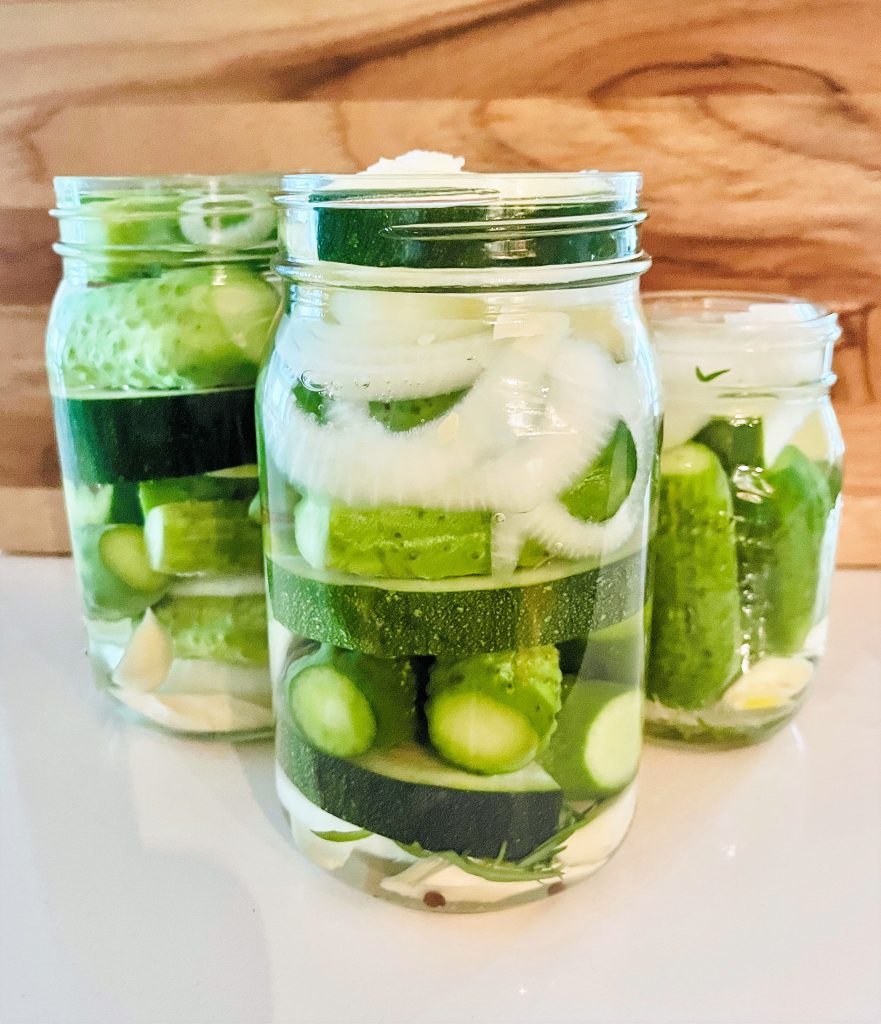
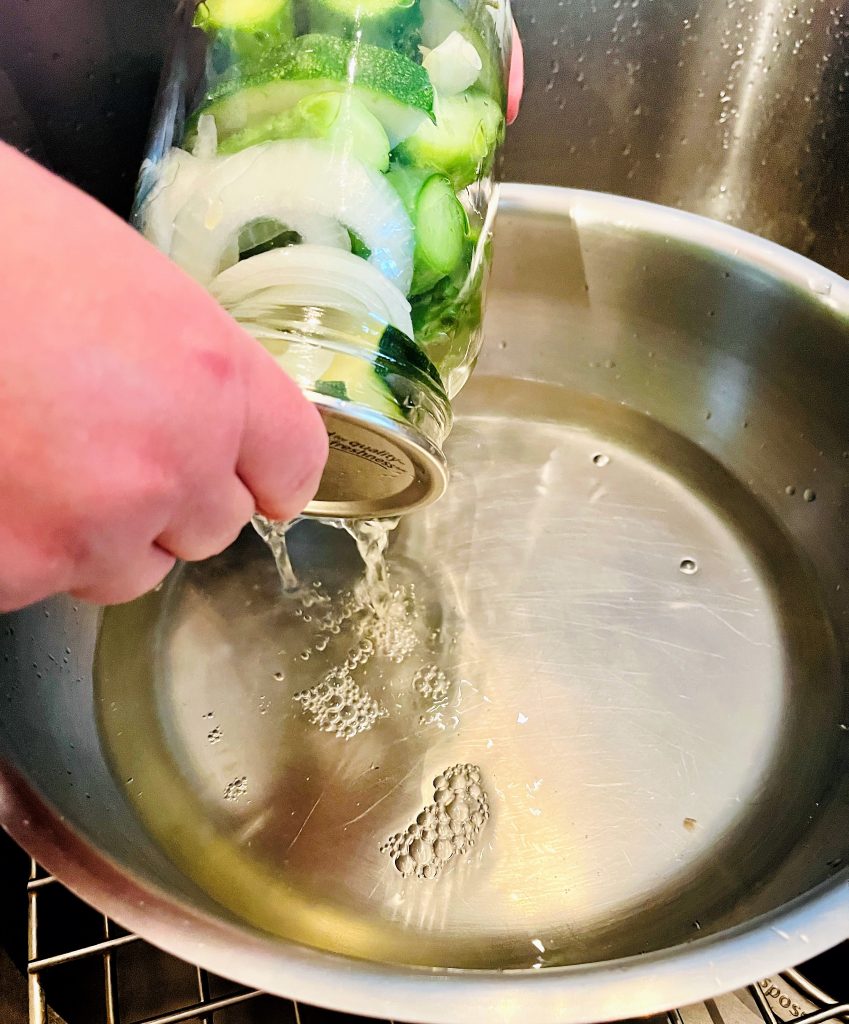
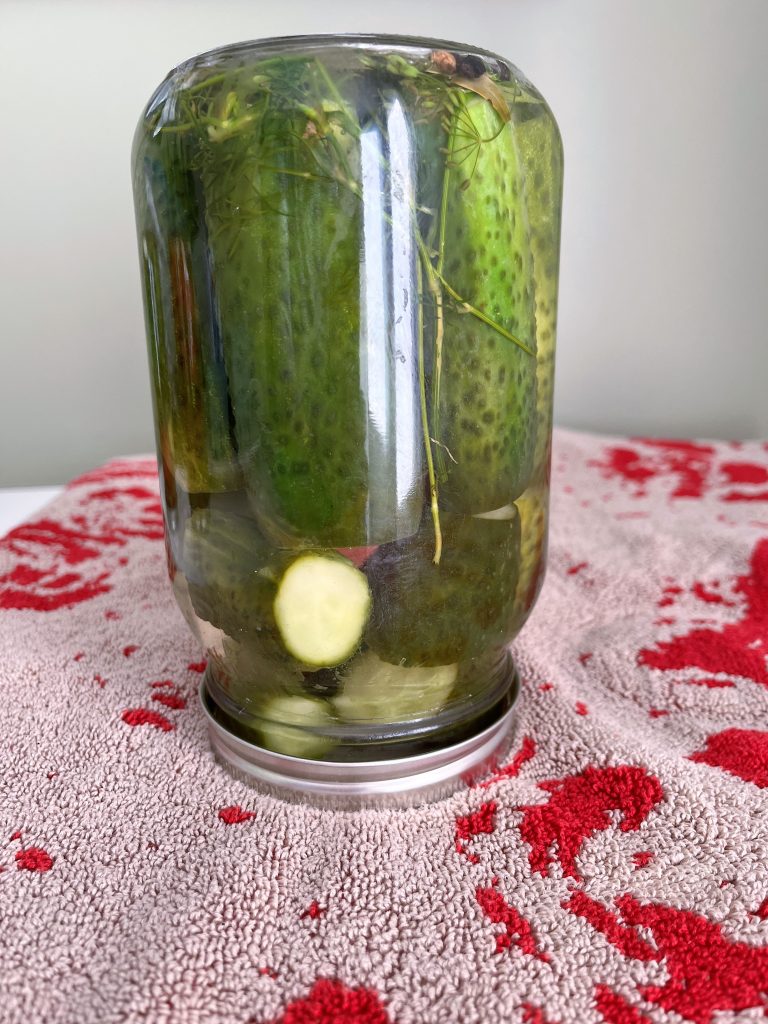

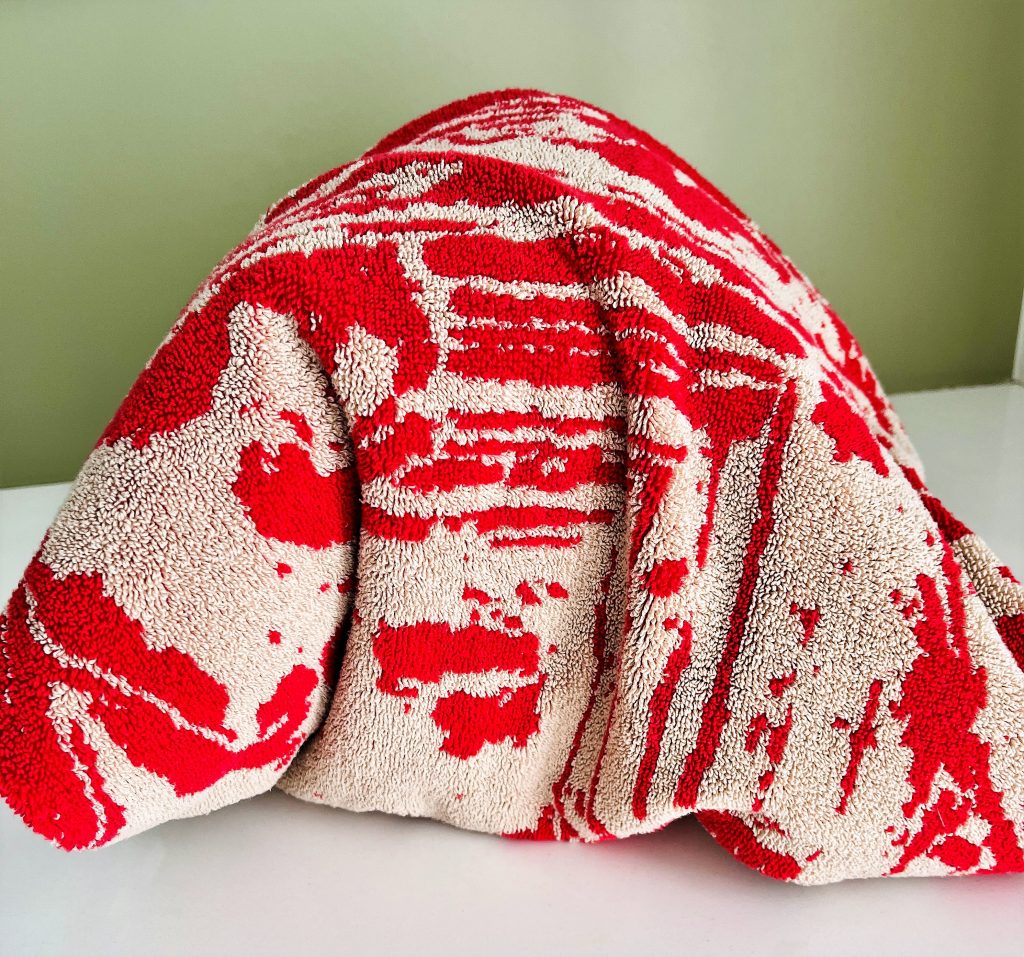
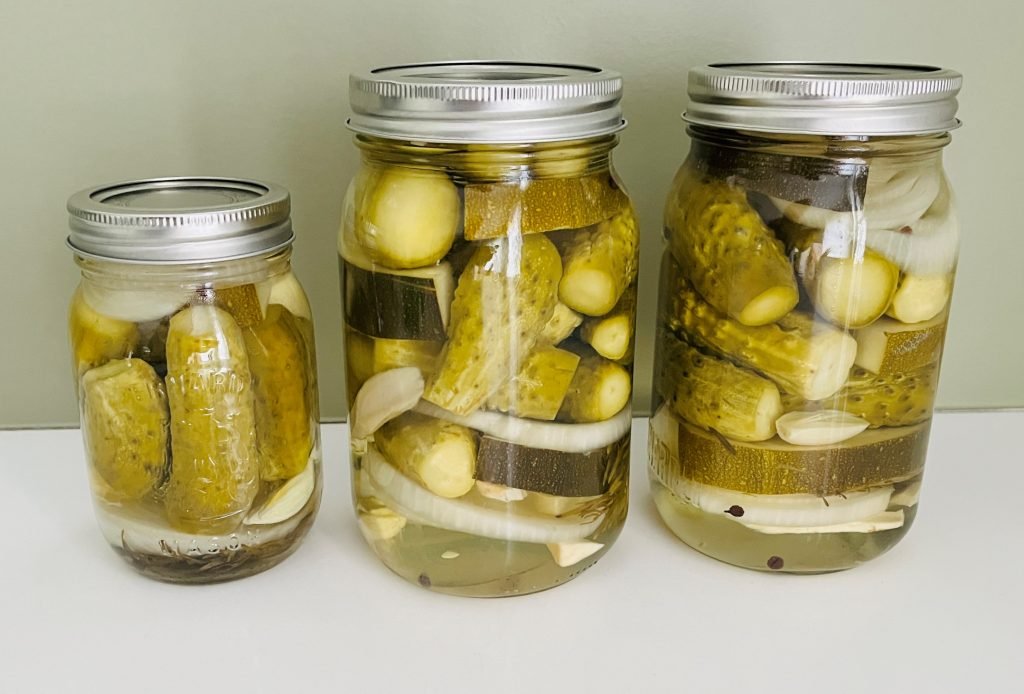
Preparing vegetables for pickling
- Throw away any damaged produce. Unlike in juicing, pickling requires you to use unbruised, undamaged produce.
- Wash veggies under running water to get rid of dirt and debris.
- If you are pickling whole cucumbers, you will need to soak them in cold water for about 5 hours. Next, you will need to trim the ends of the cucumbers. Do not skip these two steps if you want your crisp pickles.
Jar cleaning and sterilization
- Wash jars in a dishwasher and sterilize using one of the two methods described in this article.
- You must have the jars sterilized before you start filling them with the vegetables
Filling sterilized Jars and hot water treatment
- Pack the vegetables you are want to can into the jars. The goal is to pack vegetables in a way to minimize empty space. If necessary, cut the vegetables into halves or quarters. Add spices and aromatics as required by your chosen recipe. Do not add sugar, salt or vinegar at this time.
- Measure out enough water to fill all the packed jars. Pout the measured out water into the pot large enough to hold it. In a pot large enough for the measured water, bring it to a rolling boil for 2-5 minutes.
- Remove from heat and pour the boiling hot water into the jars containing the vegetables. It’s best to do this while keeping the jars in a kitchen sink.
- Let the vegetables sit in hot water for 10 minutes. Do not discard any hot water you may have left in the pot.
- Depending on the recipe you may have to repeat this step twice.
Preparing the brine
- Pour the water from the jars back into the pot, and add salt and sugar as specified in the recipe
- Bring the mixture to a boil, continuing to boil until the sugar and salt are fully dissolved (approximately 5 minutes).
- Just before turning off the heat, add the pickling vinegar to create your pickling marinade or brine.
Sterilizing the lid
- As you’re preparing the brine, bring a smaller pot of water to a boil to sterilize the lids.
- Put the lids into freshly boiled water (but not actively boiling!) for at least 1 minute, up to 5 minutes.
Final Steps:
- Carefully pour the hot brine into the jars containing the vegetables.
- Use clean tongs to put the lids on the jars and screw them on tightly with the bands. Make sure to tighten the band as much as possible. To hold the hot jar safely, wrap a thick kitchen towel around it before tightening the band.
- Turn the jars upside down and tightly wrap them in warm towels (use 2-3 beach towels for three large jars). This step is mandatory because, with an open kettle canning method, the seal gets created when jars packed with hot preserves are cooled upside down.
- Leave the jars upside down, snugly wrapped in towels, for 2 days or until they’re completely cool to the touch. Just like with water bath canning, using heat to process your preserves lowers the risk of spoilage. However, in open kettle canning, the way to keep the preserve temperature high inside the jar for a longer time is by means of wrapping jars in something warm, like a beach towel.
- The jar is ready to be stored only when it is completely cool to touch. For larger batches, the jars may need to stay wrapped for an extra day.
Frequently asked questions
What should I watch for if I want to try the open kettle method?
The critical open kettle method steps are cleanliness and sterilization. You want to ensure that bacteria don’t get into your preserve. When canning your preserves, thoroughly sterilize all equipment, even the tongs used for lid handling.
Additionally, don’t cut corners on the inversion step; a mere 5 minutes won’t do the trick.
Why would anyone want to do open kettle vs. USDA approved water bath canning?

Heating food in a kettle this way is quicker and more even than heating food in a jar. But the disadvantages of open-kettle canning seem to outweigh the one advantage. The chief difficulty is that food can so easily be contaminated while pouring it into the jars or sealing them.

USDA National Agriculture Library: Breazeale, J. F. & Benson, O. H. (1936). Home canning methods. United States Department of Agriculture, Office of Information. https://archive.org/details/homecanningmetho1936unit
Once you address the sterilization and hygiene of the open kettle canning method the drawbacks of the water bath canning method become apparent and can be summarized as follows:
- Water bath canning equipment is expensive, unlike open kettle canning which uses regular cooking tools.
- Open kettle canning is nimbler, simpler and safer to do. Unlike water bath canning, open kettle canning doesn’t involve lugging around large pots of water or risking scalding oneself.
- Another issue with water bath canning is the risk of improperly tightening jar lids, which can cause preserves leakage into the canner during processing.
- Lastly, and to paraphrase the quote of the USDA we provide up above, water bath canning may result in uneven heating, negatively affecting the taste of preserves. Open kettle canning often produces better-tasting preserves as the food heats more evenly and for a shorter period of time.
Where can I find open kettle canning recipe for pickles and other vegetables?
We thought you’d never ask! We have a number of recipes on our website.
Would the open kettle method work for pickling low-acid vegetables?
We do not recommend using either an open kettle or hot water bath method to pickle low-acid preserves without acidifying them. Some vegetables, e.g. green beans, potatoes, corn are not practical to acidify and for that reason should only be canned with a pressure canner.
How do I measure food acidity levels?
Determining the acidity level of preserves requires using pH measuring tools, either pH strips or pH meter. While pH strips offer a cost-effective and simple-to-use option, they lack accuracy and precision. On the other hand, pH meters, though more expensive and significantly more complicated to use, provide accurate readings.
Isn’t there a risk of botulism from using open kettle canning?
The risk of botulism is there when you can low-acidity produce with either water bath or open kettle. To avoid the risk of botulism it is wise to instead pressure-can all low-acid preserves. You will find a lot of additional information on the subject of canning related botulism in this article.
How do I know if my preserve is unsafe to eat?
Watch for any of these signs of a failed canning process and discard the contents of the jar immediately:
- The safety button on the jar remains popped out after you finish processing your jars.
- There are signs of leakage on the walls of the jar. Also, watch for the bulging lid.
- The contents of the jar exhibit spoilage signs, such as an unusual smell, mould, bubbles, or cloudiness.
All of these tell-tail signs apply to any canning method you use and not just to the old fashioned way of canning we’ve described in this article.
Keep in mind that botulism is not visually detectable.
You may also like:
-
Sweet Tart Yellow Mirabelle Plum Jam Recipe: French Confiture Style
This sweet tart Mirabelle plum jam proves you don’t need a Parisian zip code or deep pockets to enjoy something classy and extraordinary. Got yellow plums in your backyard? One recipe, two simmers, and you’ve got a jar fit for a glass shelf in a French confectionery.
-
Boozy & Spiced Seedless Raspberry Jam for Grown-Ups
Our raspberry jam breaks out of the mold. Seedless, low sugar, spiked with port and pepper, this is the jam that went rogue. It’s like that guest at a polite garden party, that shows up wearing leather boots and carrying a bottle of booze. Bold, smooth and unforgettable. Make it! Go rogue!
-
Make-Ahead Christmas Jam Recipe (Cranberry-Strawberry Jam)
You could wait until December to make your Christmas Jam. You could. But let’s be honest: December is full of burnt cookies, delayed packages, and half-wrapped gifts. You’ll be frazzled. But if you make it now—when strawberries are sweet and plentiful, you’ll feel like a wizard in December A smug, cinnamon-scented wizard.
-
Authentic Ukrainian Cabbage Rolls (Holubtsi) Recipe & More
You may know Ukrainian cabbage rolls as comfort food, but did you know they’re the ultimate make-ahead freezer meal? Holubtsi start out delicious but turn next-level amazing after a night in the fridge or freezer. This guide will teach you to roll, cook, and most importantly reheat them like a pro. Spoiler: make extra!
-
Blood Orange Marmalade: Your New Favorite Citrus Jam Recipe
To all the citrus marmalade haters out there—we see you. And we promise: this blood orange marmalade is different. It’s bright, bold, and anything but boring. It even has a dash of booze! Give it a try this winter, and you just might find yourself joining the citrus marmalade fan club.
-
Soy Sauce Pickled Cherry Tomatoes: Try Bold, New Pickle Flavor
Yes, you can make soy sauce pickled cherry tomatoes! They are a bold twist on traditional pickles, delivering an unexpected burst of umami and sweetness. Forget ordinary vinegar-based brines—this recipe transforms your tomatoes into an unforgettable flavor bomb. Perfect for snacking or charcuterie boards, this unique pickle will wow your taste buds!
-
How To Pickle Cherry Tomatoes: Easy Recipe, Tips, And Troubleshooting
Cherry tomatoes are the candy of the vegetable world, but they don’t last forever—unless you pickle them! Try this easy, beginner-friendly recipe for the perfect homemade holiday gift. Pickled and canned cherry tomatoes make a great addition to your charcuterie board and add a pop of color, like little jewels, to your holiday table.
-
Fried And Pickled Sweet Banana Peppers: Recipe For Canning
Looking for a simple way to jazz up your charcuterie board? This fried and pickled sweet banana peppers recipe is your new go-to! These peppers are easy to can, so you’ll always have a jar ready to impress guests—or just treat yourself. Plus, these canned banana peppers make a great side for any meats!
-
How To Make Pickled Roasted Bell Pepper
Pickled roasted bell peppers are a pantry staple, and making them at home is easy and rewarding. With rising prices and growing interest in food quality, now is the perfect time to roast and pickle your own. It’s a simple way to save money, control ingredients, and enjoy healthier peppers in your meals!
-
Your Cheese Board’s New Best Friend: Spicy Pear Jelly
Introducing Spicy Pear Jelly. It’s sweet, spicy, and it’s the perfect match for a variety of cheeses, from mild to bold. And yes, it’s as delicious as it sounds! Unquestionably, a little jar of this golden goodness deserves a spot on your next charcuterie board spread. Here’s a quick recipe to get you started!
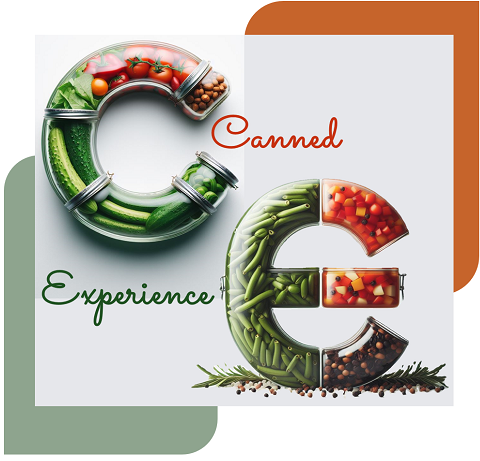
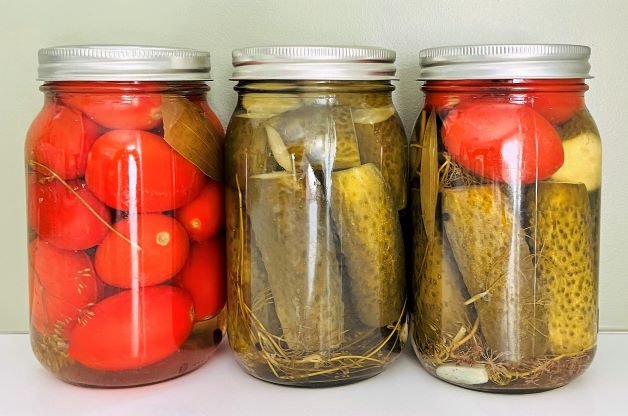

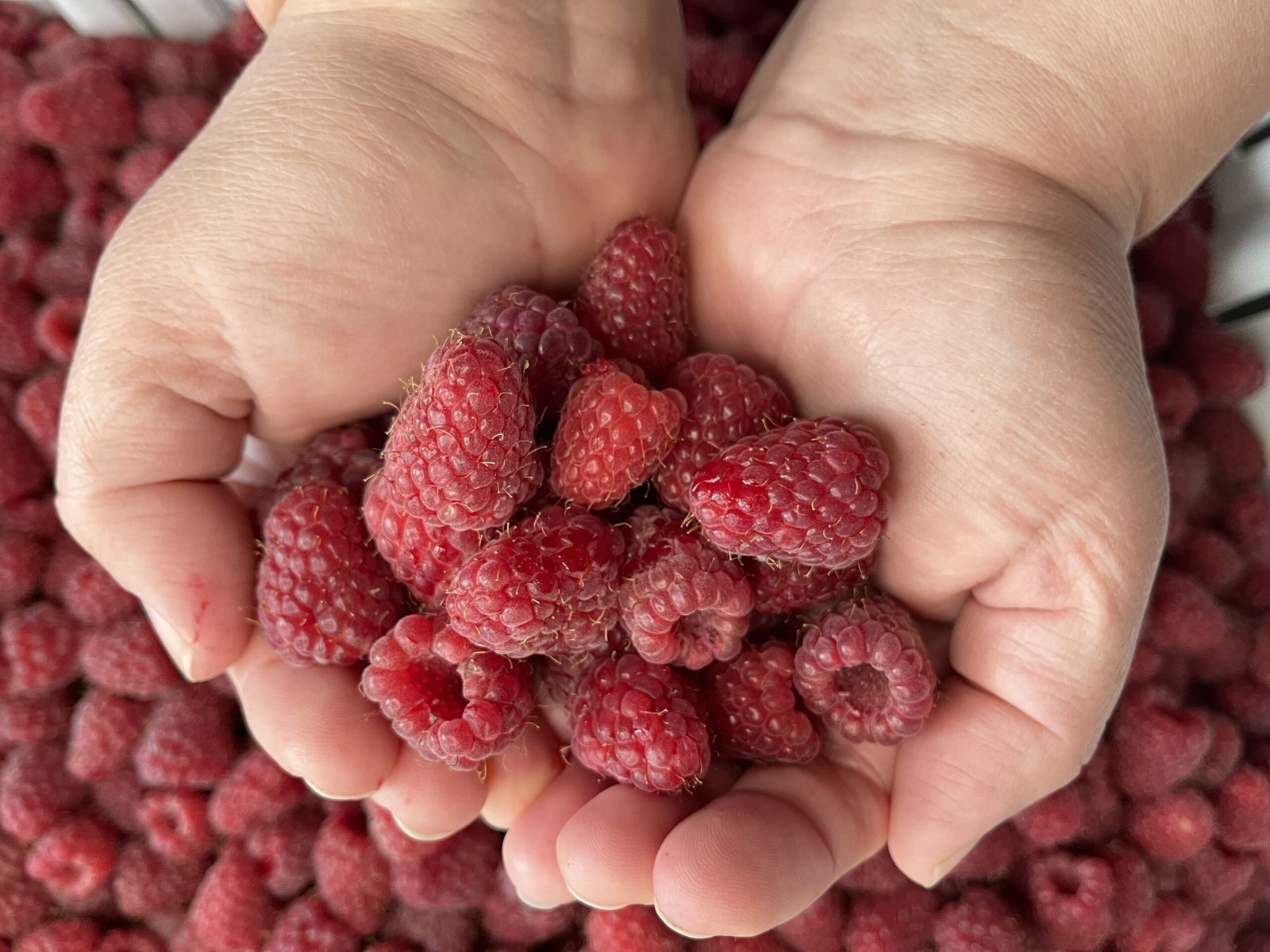


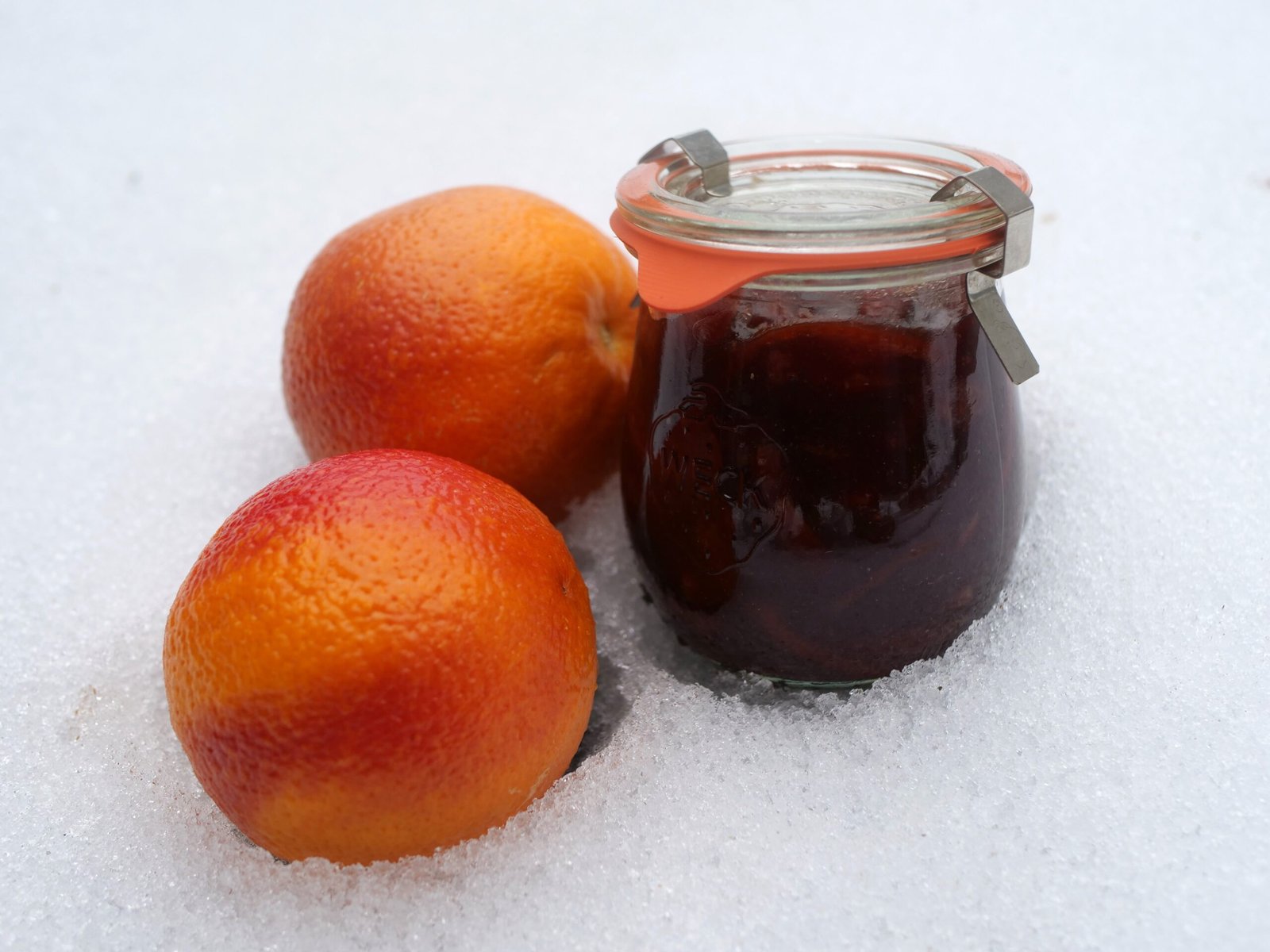
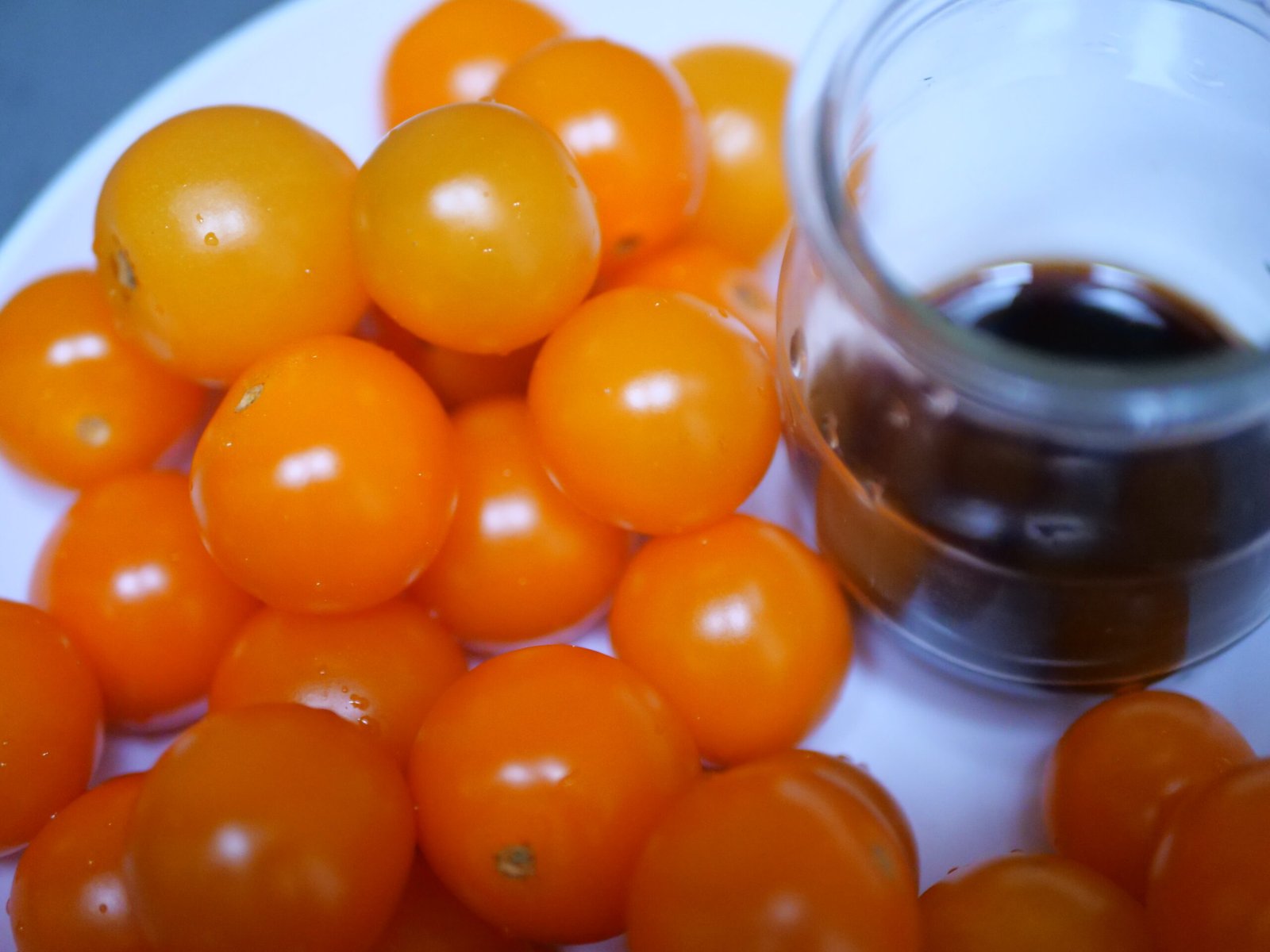
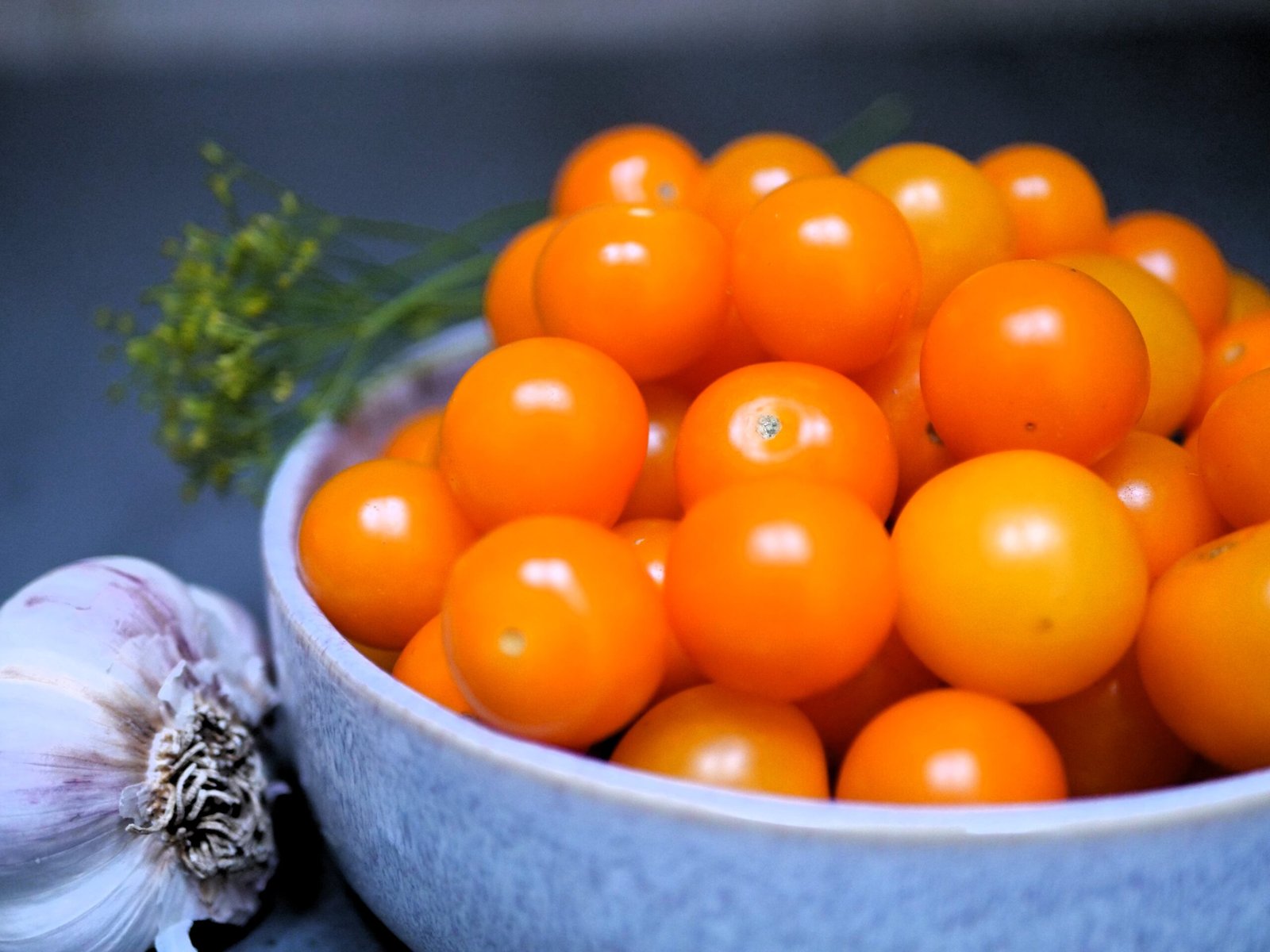


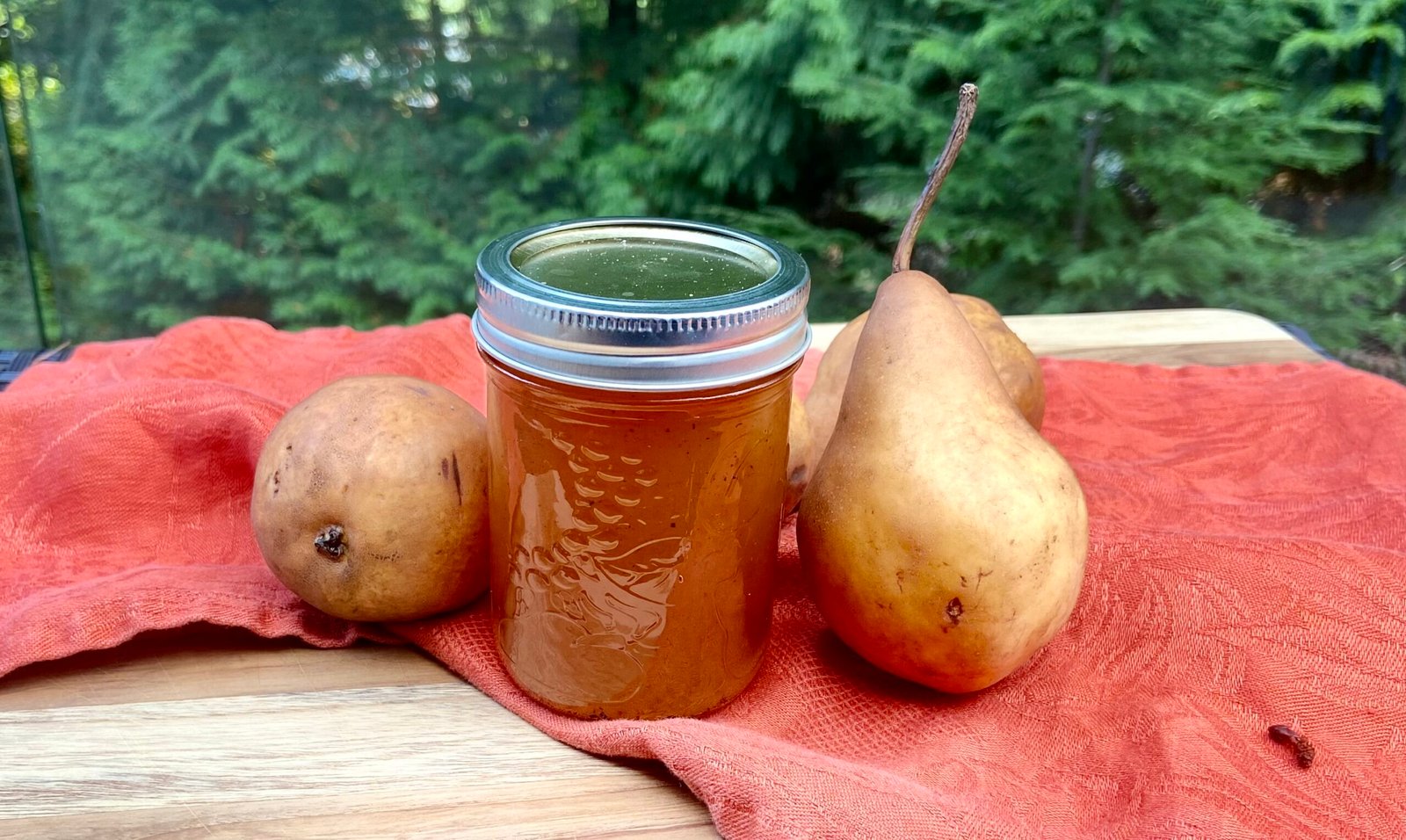


Leave a Reply